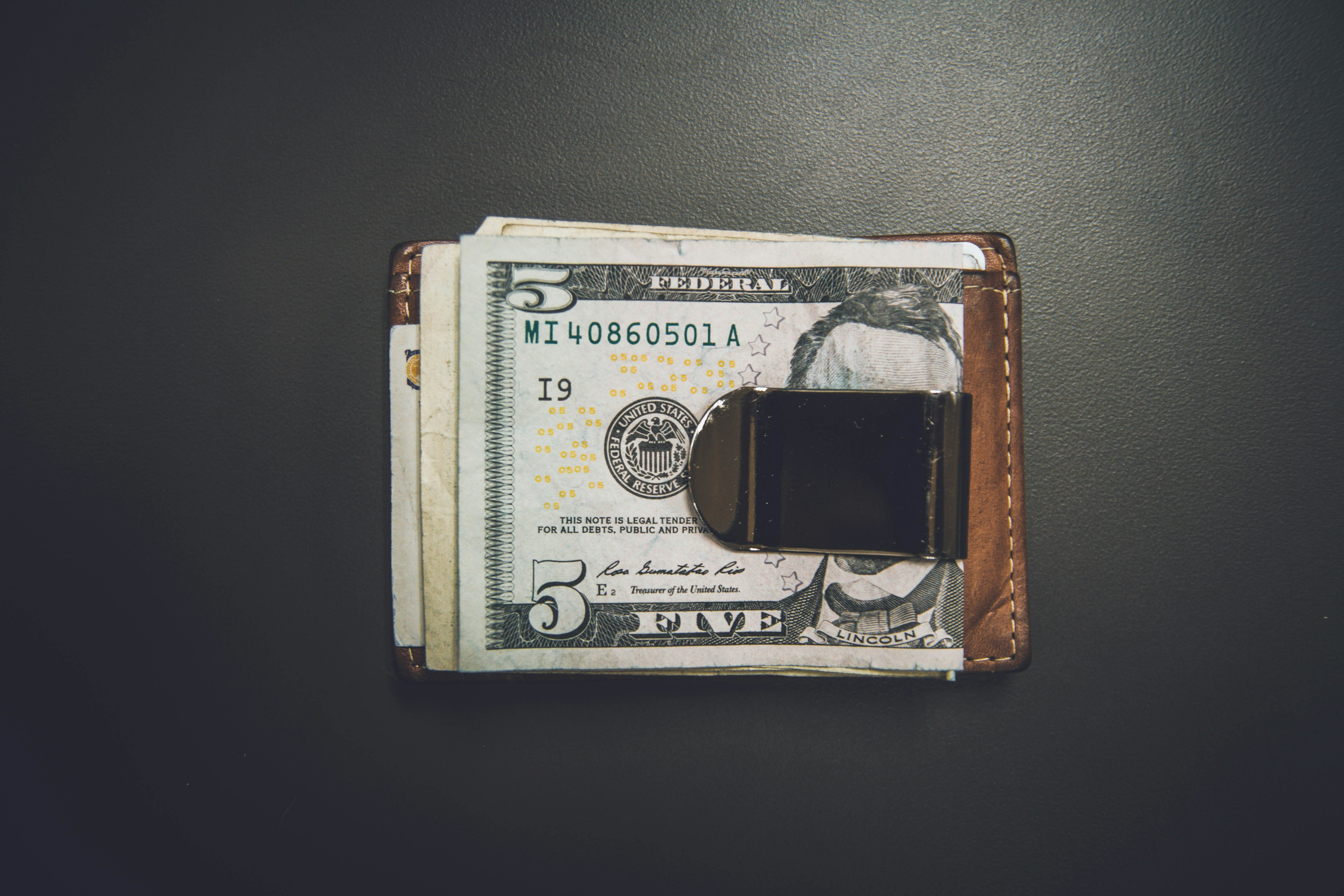THE MEGA CREATOR - When a Bigger Cheque Isn’t the Right Deal
Follower count is loud. Buyer fit is quiet. Guess which one pays the bills.

Tommy Samuel didn’t begin with a blue tick or a big team. He was a talented kid who could
sing, compose, act — and hold an audience. He signed with one of Asia’s largest MCNs,
pushed out a relentless mix of skits, music, and collabs, and within a few short years, his
Instagram blew past ~2 million followers — the mega tier in Indonesia (≥1M). In a market
where 143 million Indonesians scroll social media daily (3+ hours on average), it’s not
surprising that creators like Tommy can grow at startup speed.
As his star rose, the brand deals followed. The logos were the usual suspects — e-commerce
marketplaces, travel platforms, ticketing apps — the kind of partners that sell everything to
everyone. Campaigns stacked up to ~Rp1.3B (≈US$85k). Then came the phone call that
changes most creators’ calculus: a Japanese vape brand offering ~8× his previous fee for an
exclusive endorsement.
On paper, this is the part where you nod, sign, and smile for the billboard.
But Tommy hesitated.
Not because the money was small. Because fit was wrong.
A regulated product is expensive, age-restricted, and narrow. And Tommy — despite two
million followers — had no first-party proof of who those followers actually were: age,
cities, spending bands, purchase history, SKU preferences. He couldn’t answer the simplest
commercial question: “Can my audience legally and realistically buy this?”
Over coffee, the agency owner floated the deal like a victory lap. A friend of mine — call her
Xenia — made a quick bet:
“He’ll walk away. Watch.”
Why so sure? Because follower volume ≠ buyer fit. The modern creator economy still runs
on vanity proxies (followers, impressions, “EMV”) instead of shared performance truth
(view → click → cart → sale → repeat). And the numbers back her up:
- On Instagram, micro-influencers average ~3.86% engagement, while mega-influencers sit around ~0.98%. Engagement collapses as reach scales.
- Indonesian audiences are deeply influenced by creators: ~76% follow at least one influencer and ~68% have already bought because of one — a huge base that rewards fit over fame.
- Fee ladders are real: mega creators in Indonesia routinely command Rp37–92 million per Instagram post, with multi-month exclusives crossing Rp1B — meaning a single mis-fit deal can be expensive for brands and brand-damaging for creators.
Contrast Tommy’s wide-but-shallow following with Xenia’s 1,000-follower account: founders, golfers, C-suite — people she actually knows. When a distributor needed to move five cases of Macallan 18, she sold out in 30 minutes with two IG stories and a handful of WhatsApp DMs. No complicated funnels. Just tight fit.
That little story hides a big diagnosis: our ecosystem rewards what’s visible (reach) and hides what’s valuable (proof of purchase fit). MCNs, talent agencies, marketplaces, even coupon screenshots — they track payouts, not truth. Creators keep guessing their worth; brands keep paying for vibes.
The quiet fork in Tommy’s road
Tommy declined the vape offer. He chose long-term brand safety over a one-off payday —
the right instinct. But look at what’s still missing: first-party performance data that both
creator and brand can act on.
With a proper first-party layer, he could have:
Segmented his 2M followers and discovered (for example) that only ~3% are legal-age, premium-spending urban males interested in devices — too thin for exclusivity at any price.
Or, found richer veins: concert tickets, vocal courses, studio hardware, music NFTs —
and priced those deals higher, with confidence.
What the industry actually needs (mechanism, not a pitch)
A shared, first-party performance layer that sits between creator content and brand checkout and returns the same granular dataset to both sides:
Deterministic attribution from view → click → cart → sale (and repeats)
Audience segmentation the creator can see (who bought, where, SKU mix, price bands, LTV)
Offer iteration without rebuilding (bundles, tiers, subscriptions, timed drops)
Fair compensation (revenue-based, audit-ready) instead of vanity proxies
Data portability so both sides act on insights — not just admire dashboards
When this layer exists, performance becomes the new parity: nano and micro creators with
tight communities can beat celebrity reach on revenue, creators can refuse the wrong deals
without FOMO, and brands can finally buy fit instead of fame.
Call the trend what you want — the endgame is inevitable. Budgets keep shifting to
measurable outcomes; privacy rules are killing third-party tracking; CFOs demand
deterministic attribution; Indonesia’s influencer spend alone is pegged in the hundreds of
millions of USD for 2025 and rising — and rising spend always drags the market toward
accountability.
The wager, settled
Xenia was right. The vape contract never happened. Tommy walked. He protected his long game — but he still flew blind. Without first-party truth, creators underprice (or misprice) themselves, and brands overspend on the wrong attention.
The problem isn’t influencers or agencies. It’s the information asymmetry between what feels big and what proves value.
If you’re a creator, you don’t need permission to get smarter about your own audience. If you’re a brand, you don’t need another vanity report — you need purchase-proven segments you can scale.
The Mechanism
We connect creator touchpoints to a trackable checkout, attribute every sale to the exact content + creator, and return the same clean dataset to both sides — so brands can rank creators by real revenue and segments, and creators can see which audience slices buy what, price with confidence, and say “no” to offers that don’t fit. That’s it: clean attribution in, actionable insight out, fair pay on top.


